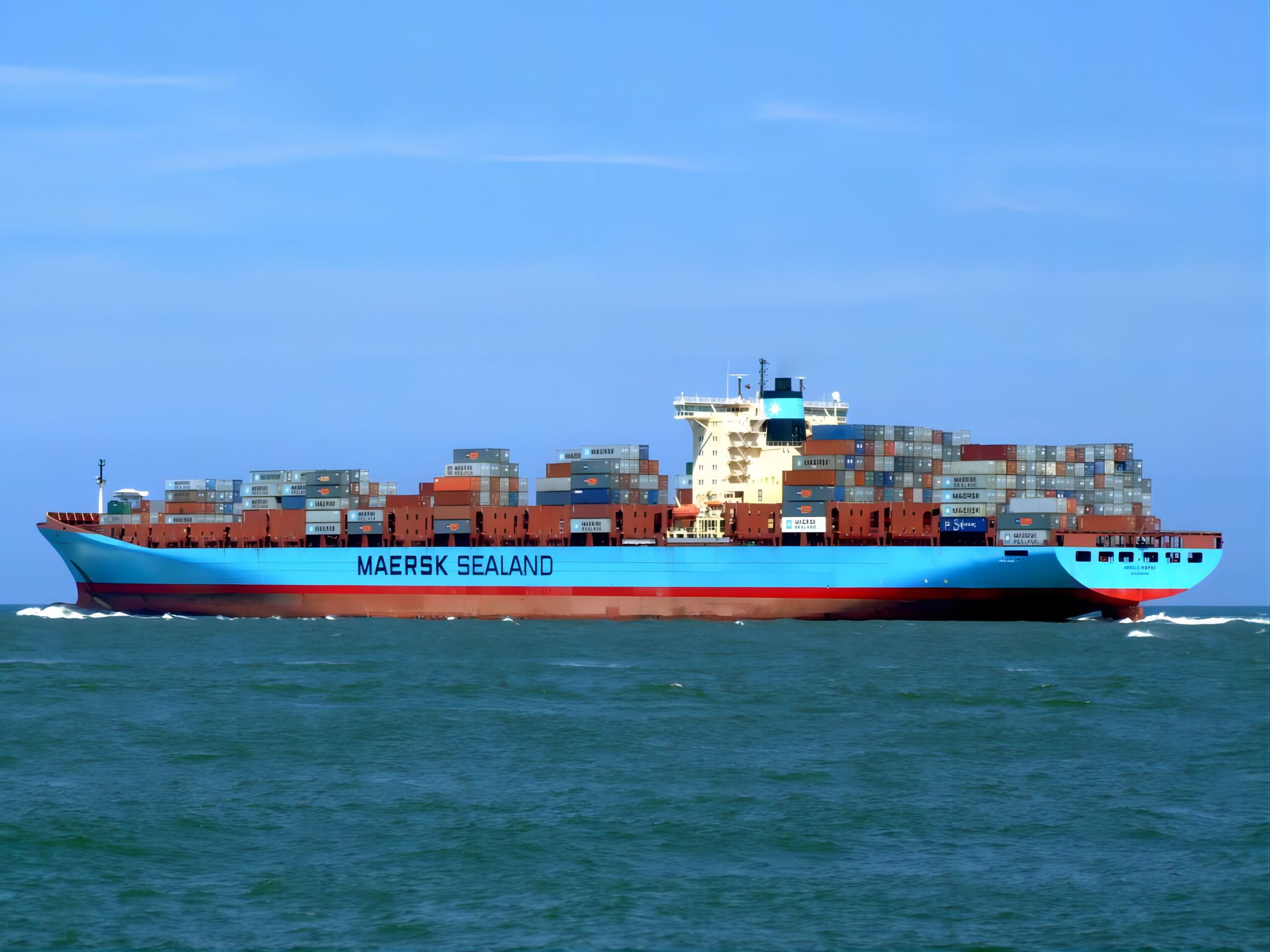- By Lawrence
- November 22, 2024
- Freight knowledge
Introduction
As businesses enter the crucial 2024 holiday season, US-China shipping faces dual challenges: unprecedented Christmas demand and uncertainty about potential trade policy changes under a second Trump administration. This article examines these factors and outlines actionable strategies for navigating freight volatility effectively.
Seasonal Trends and Holiday Shipping Impact
1. Record Christmas Demand
The holiday season consistently drives up shipping activity.
- Increased Rates: Spot rates on trans-Pacific routes surged by 18%, with rates hitting $2,300 per FEU【9】【10】.
- Port Congestion: Major US ports are experiencing delays as businesses front-load shipments for holiday sales【10】.
- Key Tip: Early space reservations and accurate demand forecasting are essential to mitigate delays and cost spikes.
Potential Effects of Trump Trade Policies on Shipping
1. Tariffs and Higher Costs
Renewed tariffs could increase landed costs for importers, particularly in high-volume industries such as electronics and apparel.
- Logistics Costs: Tariffs may lead to reduced import volumes and higher costs per shipment.
- Alternative Sourcing: Many businesses may pivot to Vietnam, South America, or other regions to avoid tariff-related disruptions【9】【10】.
2. Supply Chain Shifts
- Diversified Routes: Trade routes via South America, bolstered by investments like Peru’s Chancay port, may reduce dependency on US-China lanes.
- Lead Time Impacts: Geopolitical uncertainty could increase transit times and drive up freight insurance costs.
Emerging Freight Opportunities
1. Regional Alternatives
Investments in new infrastructure create opportunities to explore diversified routes, such as direct shipping to the US via South America or Southeast Asia.
2. Technology Integration
Digital freight tools like predictive analytics enable better planning and route optimization, helping businesses stay agile in the face of shifting dynamics.
Freight Strategies for 2024 and Beyond
1. Optimize Holiday Shipping
- Lock in freight space early.
- Use predictive analytics for better inventory management.
2. Mitigate Policy Risks
- Evaluate sourcing diversification to reduce exposure to China-dependent supply chains.
- Engage in tariff forecasting to understand potential cost implications.
3. Focus on Supply Chain Resilience
- Build redundancy into shipping networks.
- Explore alternative routes that minimize transit disruptions.
Conclusion
2024 is a year of transformation for US-China shipping, influenced by holiday demand and the possibility of major trade policy shifts. Businesses that act decisively—through diversified sourcing, technology adoption, and strategic planning—will be well-positioned to navigate volatility and seize emerging opportunities.
Looking for personalized advice on freight optimization or trade strategy? Contact us for expert insights!


